As someone who grew up in the countryside and who spent hours as a child wandering and riding my pony alone since I was about 7 years old, I have always loved some solitude in my life. As a teenager, I even lived in a hut some 50 feet from the house so I fell asleep to the sound of owls and the occasional cat fight and woke up with the birds chirping outside my window. The thought of having no time alone away from other humans is a stranger to me than constant human contact.
This was, however, possible for me since I had plenty of people from my surroundings, offering me tips for hiking alone, so I kind of knew what I was doing.
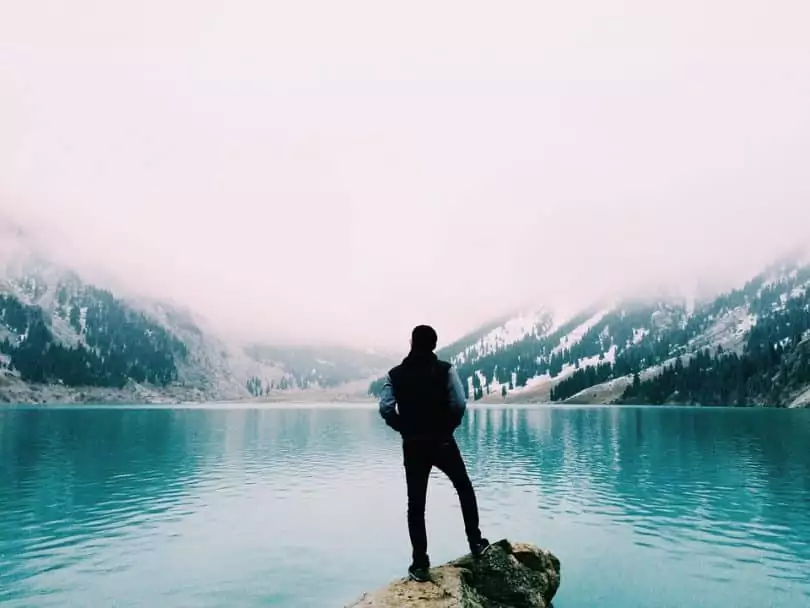
However, I realize that is not how the majority of humans live in this world. We are successful social creatures and we take comfort from living and working in groups, be they family or based on other organizations.
In the “Western” World at least, our social groupings are not always so family oriented over the whole period of our lives and there are times when we may find ourselves isolated from people we love and know. A healthy attitude to independence can always be helpful in our daily lives, as we travel and move to new living areas.
There is a total difference between being alone and loneliness. I read somewhere that “Loneliness makes you want to find distractions to free yourself from it. Being alone allows you to follow your heart.”
- Loneliness is a state of mind where one feels there is a lack of someone or some people missing from one’s life. It is usually associated with sadness and emotional pain, sometimes leading to personal angst and depression.
- To be alone is a physical state where you are not in the presence of other people. Learning to hike alone will help you consider just where you fall on that loneliness/alone spectrum.
Depending on one’s relationship with animals, being in their presence may mean you do not feel lonely and are not alone. In this world you are just not with humans. The world is actually full of creatures going about their daily lives all around us and hiking alone can make us so much more aware of this.
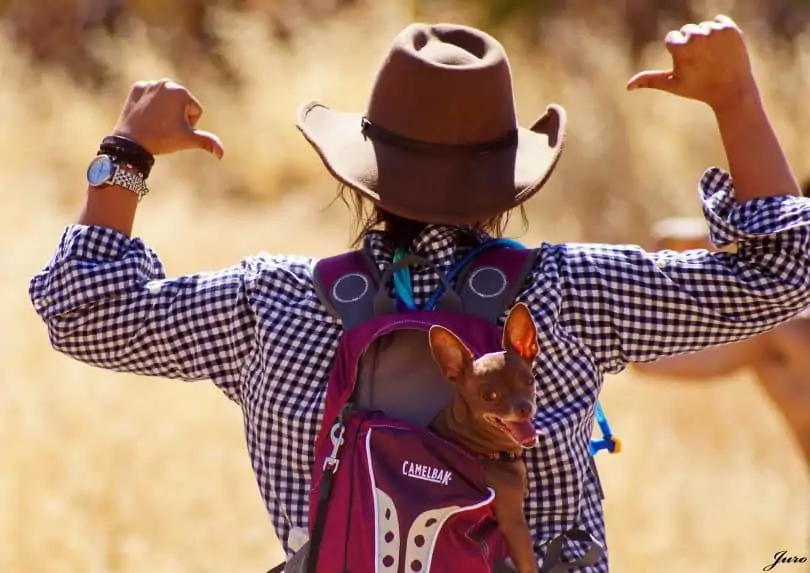
I spent a few months daily riding horses around 2000 hectares of high bush svelte in Namibia. When there was just me and my horse it was like my own private safari every day. I never knew just what animals would be crossing my path at any time – kudu, gemsbock, baboons, mountain zebra, warthogs, meerkats to name but a few.
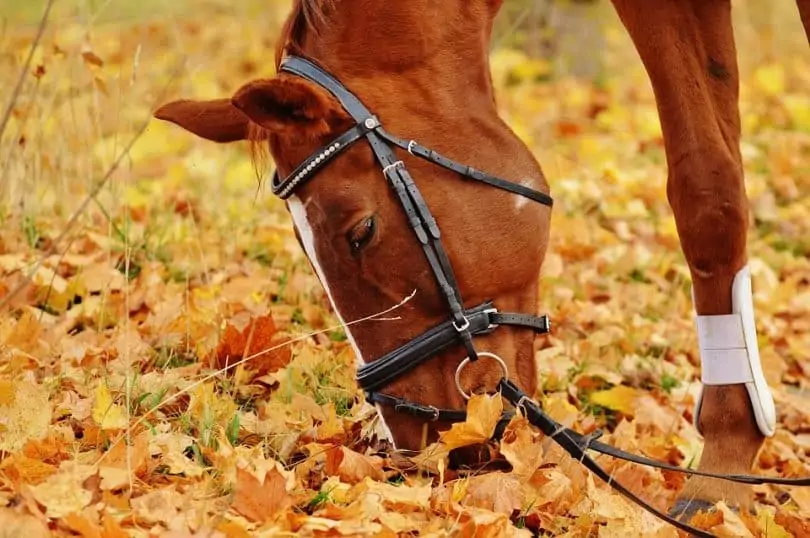
The only predators in the vicinity were leopards which have a preference for eating baboons so I was wary but not afraid. I am fairly sure my horse detected the scent of one and she was quite happy when I changed route to avoid the empty river bed. That’s thing about hiking alone – it raises your level of awareness. You learn to trust that rather be intimidated by it.
Humans are such rambunctious gregarious creatures we tend to blot out many of the other creatures around us. Most animals travel quietly, vocally at least, except for insects. Strange how the smallest of creatures can be the noisiest!
Hiking alone means you usually travel quietly and you become part of nature. In Namibia, if someone came riding with me, I hardly saw anything because we chatted and made far too much noise. It was still enjoyable, but different. For this reason I am a confirmed occasional solo wanderer.
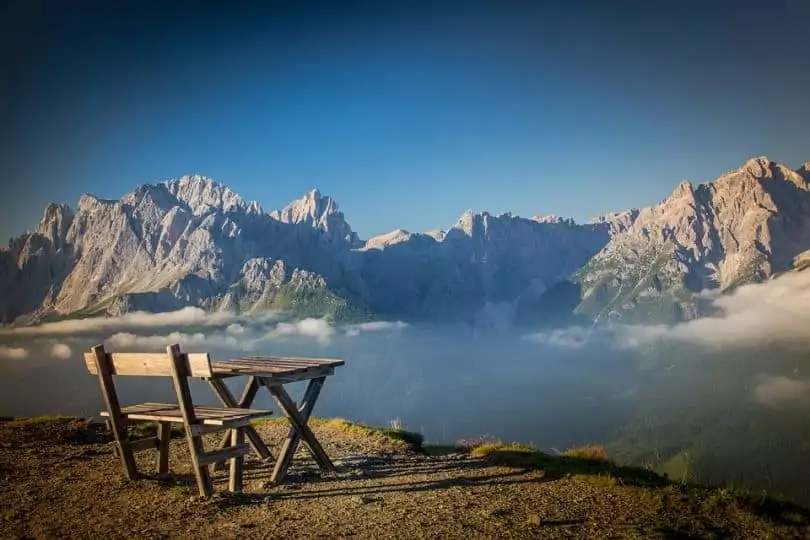
Solo wandering or hiking has benefits:
- Allows you to connect with nature on a profound level
- Improves self awareness
- Improves self confidence
- Gives time for self reflection
- Improves your planning skills and self reliance
- Tests you outdoor skills
- Gives you complete freedom of choice
- Forces you to overcome adversity
- Develops the joy of being alone
And a few things for consideration:
- No shared responsibility
- Loneliness
- Vulnerability
Steps in a Solo Direction
To begin hiking alone, I suggest you
- Do trips on the tracks you are already familiar with to build confidence and help with planning your hike.
- Start with day hikes along well trodden paths. During the hike you may find others on the path and at other sections find yourself alone on the track. This will give you a halfway adjustment to knowing others are likely to be around should you need help but you will essentially still be travelling alone.
These familiar hikes will allow you to get used to preparing what you need for yourself. Practice planning hikes regarding the route, estimating how long it will take, what food and water you will need. You will get used to stopping when you feel like it, to start the joyous feeling of making your own decisions totally for yourself.
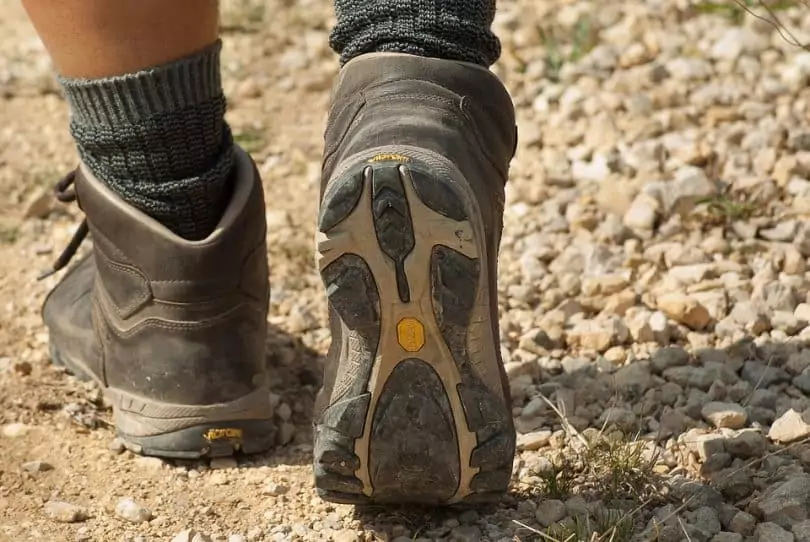
Gradually make these day trips into more remote areas where you are not so likely to meet anyone. I used to make day hikes into the foothills and back country in New Zealand and not see another person at all on the trail. The trails were relatively well marked and I could sense direction, but there was not another human for miles. It was a glorious feeling to walk up through the honey dew smelling bush up on to the tussock (long grass) hilltops with views to die for.
Planning Trips
Planning is one major key to success of any trip is and as a solo hiker all this ultimately comes back to you. Get all the advice and information you can before you leave – whether from other experienced hikers, the internet, weather reports and local information centers.
Know yourself and your skill levels. It is fine to set yourself challenges and goals but err on the side of caution when heading out on your own. While you are hiking solo always remember that if something goes seriously wrong and you are in need of rescue, other people may end up risking their lives to save yours. No one is pushing you but yourself so don’t overdo it. Don’t take unnecessary risks that may harm others.

Make sure you are physically fit enough for the trip you plan to take. Build up muscles by carrying your pack on short trips and build your personal fitness level.
Practice good risk management. Think in low charts that “What if…” then the events that may or may not ensue from each point. Try to eliminate what risk you can. This doesn’t mean you should not go out and try things but try to plan make contingency plans along the way. If possible have points where you pull out safely along route. Most accidents or disasters do not happen in isolation, they are a chain of events or concurrent problems that layer over each other to result in an accident.
Always brief someone of your plans or preferably two people who know each other, where you are going, how long you plan to be away, and when you expect to be back. Plan with them what should happen at any stages should you have to alert them or you fail to return. These actions will depend on where you are and the authorities in your area that organize search and rescue.
Make a list of what you need. The “Ten Essentials” from the book, Mountaineering: The Freedom of the Hills recommends you hike with a minimum of these items,
- Navigation – relevant maps in a waterproof container, a magnetic compass, optional altimeter and GPS receiver
- Sun protection – high factor sunscreen, sunglasses, brimmed hat, clothing
- Insulation – gloves, hat, jacket, layers of clothing for extreme weather
- Illumination – LED headlamp, flashlight, new batteries
- First-aid kit – including insect repellent
- Firelighter – butane, matches protected in waterproof container
- Tools – multi-tool, or pocket knife, pliers, screwdriver, trowel/shovel, duct tape, cable ties
- Nutrition – Daily ration plus one additional day extra (for emergency). Don’t forget the chocolate!
- Hydration – Carry 2 liters of water as emergency ration
- Emergency shelter – tent, tarp, bivy sack, space blanket, jumbo trash bags, plastic tube, insulated sleeping pad
- Signaling devices – whistle, two way radio, mobile/satellite phone, robust mirror, signal flare, laser pointer
Even you are only planning a day trip you should consider some of these items in the case of emergency, especially relating to signaling, water, food, first aid and shelter. Here’s an article you can check out featuring the basic things you need for hiking in order to be prepared for anything – it’s a must-read!
Regarding electronic devices there are a number of choices. People have been hiking in the wilds for thousands of years without devices so while they are extremely helpful; learn to not rely on them. There are a number of GPS suitable for hiking, having better battery life and being more rugged than a mobile phone.
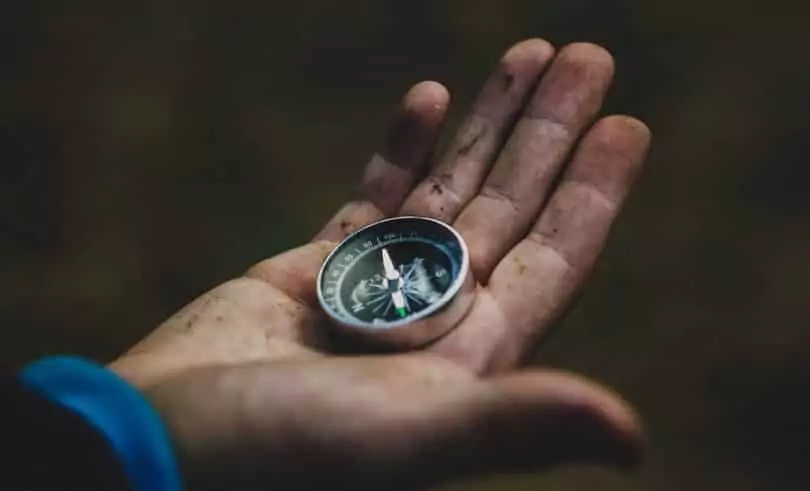
You might also consider Personal Locator Beacons, two way radios, satellite phones and other devices that hopefully you will never need but having them will give some security. To stay in touch with the outside world, read our article on the top satellite phones you can buy.
Clothing and Equipment. Some say, “There is no such thing as bad weather, just bad clothing.”Make sure you wear and pack relevant clothing for all the weather you may encounter – hats, gloves, sunglasses, layers of clothing, and so on. Make sure your footwear is tried and trusted and not likely to give you blisters.
Make sure you have a pack that is comfortable and carries all the equipment you wish to carry. Start out wearing it on shorter trips, gradually adding items to increase weight over longer distances. Carry it often enough so that it eventually becomes like it weighs nothing.

A few (unlikely) Dangers
Weather
Always check out current and future weather forecasts and err on the side of caution if there is any likelihood of problematic weather, even more so than if you were to be traveling in a group.
If you are going into the back country, learn to read cloud formations and weather patterns in the area you will be hiking. Learn to ascertain the safest places to camp, for instance away from rivers where there are possibilities of flash floods, away from trees with old branches that may fall, and so on.
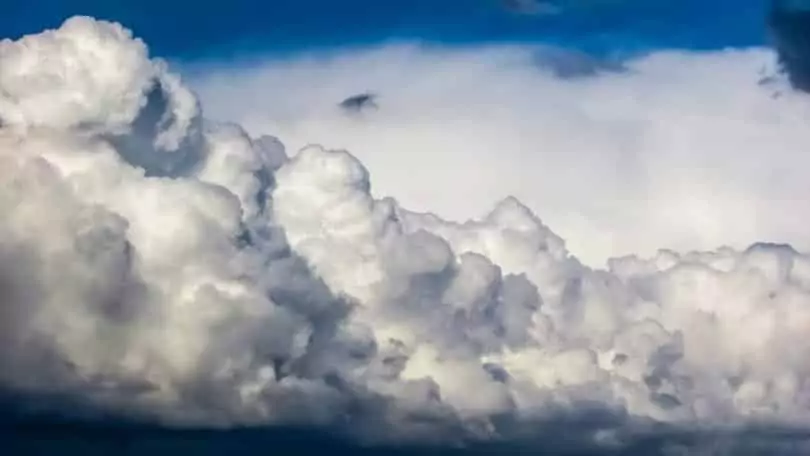
Know that it is much more difficult to cross flooding rivers solo, snow storms cover trails, high winds can bring down trees and even blow you off a mountain.
Losing your way
Despite the best laid plans this can happen if the weather is adverse for instance, in heavy fog, snowstorms and such like. Learn survival techniques and consider retracing your steps if you are unsure. In case you need to retrace any steps, when you are walking in unfamiliar territory, take the time to look back occasionally as views always look different from the other direction.
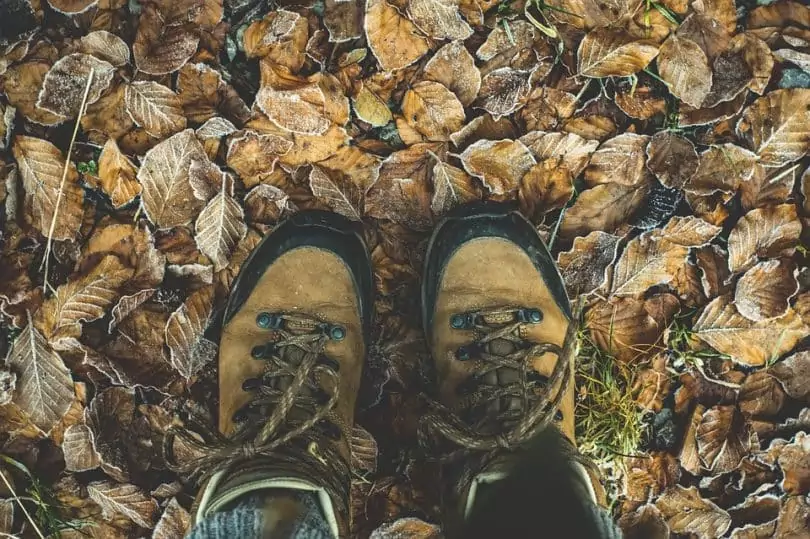
Never rely on a cell phone
Learn about navigation techniques with a magnetic hand compass to back up any digital device you may be using. Make sure you are comfortable with it before you leave for any trip. Don’t rely only on digital GPS as they may break, get lost, or stop working. There are lots of good sites on the internet and good books to learn about survival skills and finding routes.
Animals
These depend on the country you are hiking so research about the likely dangerous animals that might be in the area you intend to hike. Any attacks are usually if the animal feels threatened or you accidentally harmed them. Some animals are more dangerous at certain times of the year, for instance, male deer can be aggressive in their mating season, but would run at any other time of the year.
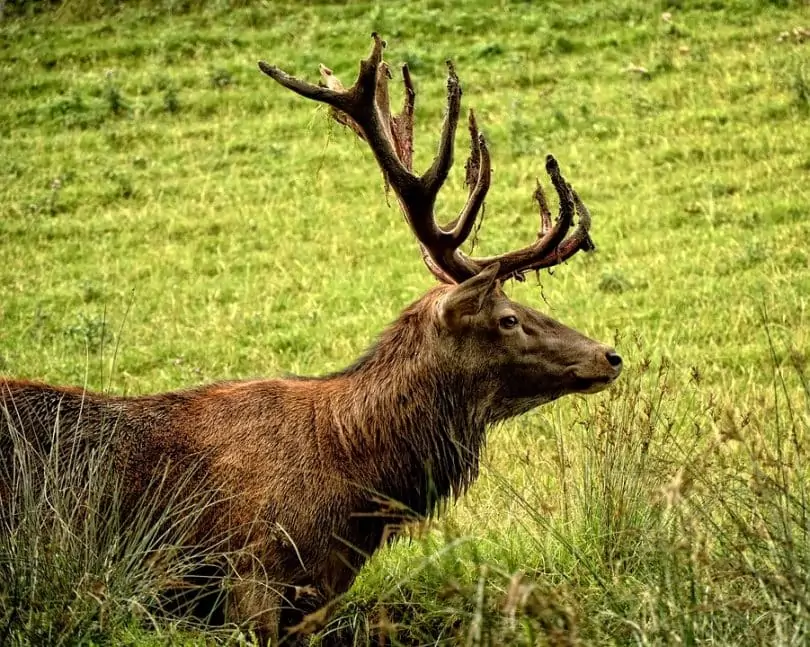
But remember most animals are happy to go about their lives, leaving you to go about yours. Animals have a much keener sense of smell so even empty food packets may be a problem. When camping, avoid leaving food around your campsite at any time. If food is likely to be a problem, it may also be advantageous to eat somewhere else before making camp.
I am going to lump humans in here with animals as far as dangers go. I believe the danger of being accosted by a human diminishes as you go further away from urbanization, not just in the actual likelihood of coming across another person but also in the mindset of people you are likely to meet. Other hikers are there to hike, not cause problems.
As for women being at more risk than men while hiking solo I can only speak for my own feelings and I have no qualms. Some people recommend not camping near roads or parking areas where unknown people may come, especially if alcohol is likely to be involved. As for weapons, it may be fortuitous to carry something, like bear spray which could be used against an aggressive animal or possibly human.
Injuries
This is probably to most risky thing to plan for because they can happen to anyone, anywhere and as a solo hiker they truly can be a huge risk depending on the area you are hiking through. It is advisable for everyone to have some knowledge of First Aid or Emergency First Responder techniques regardless of where and who you are.
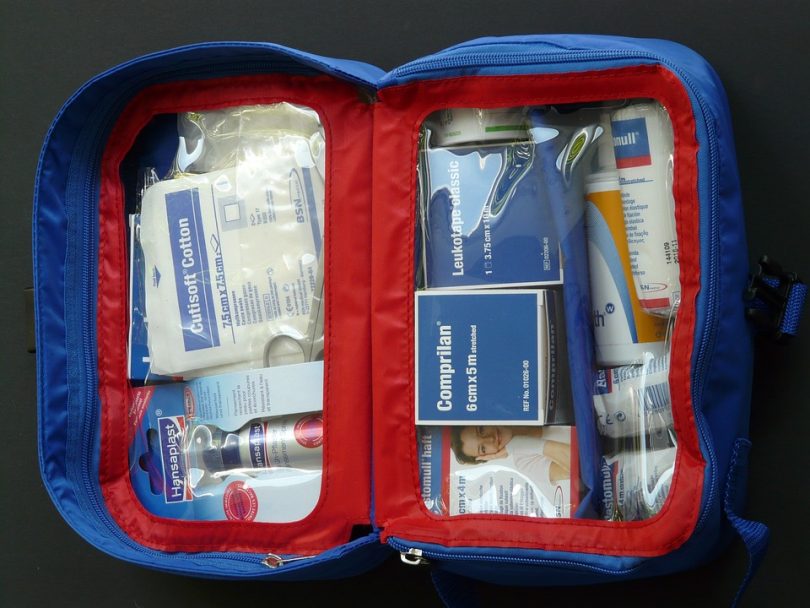
As a solo hiker it is imperative to have these skills so you have the knowledge and skills to survive various injuries. Always carry a well checked First Aid kit and know how to improvise your gear if needed. These dangers are there, possible, but not probable, so with risk management outlines minimize them as much as possible and go hiking anyway.
Our guide on how to make a DIY first aid kit to prepare for emergency situations is a worthwhile read, do check it out.
Wrapping it Up
To build confidence, visualize your trip quietly to yourself, especially if you already know the route. Visualizing is always a good method to keep things moving in a positive manner and is not reserved for elite sports people.
Even though you may be on a trail or following a map, get in the habit of using natural methods to tell the time such as where the sun is in the sky, the length of shadows and such like. The sun will also help you know the direction in relation to time knowing that it moves through south when in the northern hemisphere and through north when in the southern.
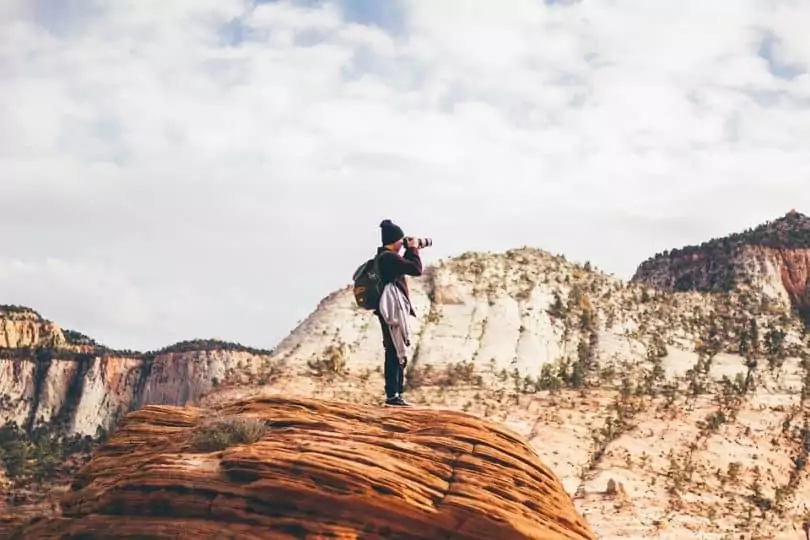
As for learning to travel by the stars, that may be quite difficult to learn. However, there are basics like the Southern Cross for the southern hemisphere, the North Star in the northern hemisphere. Practice until the sense of direction can become a second nature.
One bonus of travelling alone is, there is no one else to make sure is organized. You can decide when to leave, how far to go, when to pitch camp. Regarding that, make sure you know how to pitch your tent or tarp quickly, in good and bad weather.
Tune back in to all your senses – sight, hearing, smell, taste and touch. Everything will seem more intense when you are hiking alone. Take a deep breath, make a small step and start a new journey hiking alone on this awesome planet! “Nature here I come!”
And before you embark on your trip, make sure to read our tips and guidelines on how to plan for a backpacking trip.


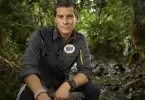


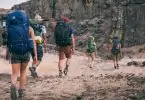

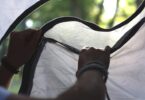
Hiking alone sounds fun, but I can’t get over the bears and wolves, and the thought of being alone in the wilderness. What should I do if I run into a dangerous animal alone? Run?
With certain dangerous animals, you will want to make yourself big and scare them away. Others, you want to stay still and wait them out. Bring along some bear spray or pepper spray if you are going alone. Never run away! They will chase you!
I have read a similar article below and combination of those two articles completed all the information needed for a alone hike. You have mentioned that never rely on a cell phone. What are the alternatives you can suggest?
You can get an emergency radio!